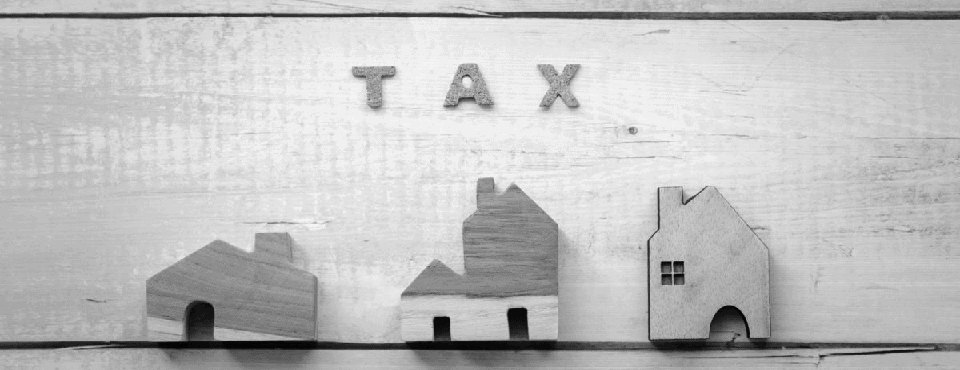A Lady Bird Deed and a trust are both tools used in estate planning, but they serve different purposes and function in distinct ways. Here are the key differences:
Ownership and Control
Lady Bird Deed: With a Lady Bird Deed, the grantor retains ownership and control of the property during their lifetime. The deed allows the grantor to sell, lease, or mortgage the property without needing the consent of the beneficiaries. Upon the grantor’s death, the property automatically transfers to the named beneficiaries, bypassing probate.
Trust: A trust involves transferring ownership of assets to a trustee, who manages them according to the terms set out in the trust document. The grantor can act as the trustee or appoint someone else. Trusts can manage a variety of assets, not just real estate. Trusts provide flexibility in controlling and distributing assets both during the grantor’s lifetime and after death, potentially avoiding probate for all included assets.
Probate Avoidance
Lady Bird Deed: A Lady Bird Deed specifically avoids probate for the real estate it covers. Upon the grantor’s death, the property passes directly to the beneficiaries without the need for probate court intervention.
Trust: A trust can avoid probate for all assets placed within it, not just real estate. This means that a properly funded trust can help bypass the probate process for a broader range of assets, including bank accounts, investments, and personal property.
Flexibility and Scope
Lady Bird Deed: A Lady Bird Deed is limited to real estate and is relatively straightforward to set up. It offers a simple solution for those primarily concerned with transferring property without probate and retaining control during their lifetime.
Trust: Trusts are more versatile and can include a wide variety of assets. They provide greater flexibility in estate planning, allowing for detailed instructions on how assets should be managed and distributed. Trusts can also address issues such as incapacity, providing for asset management if the grantor becomes unable to do so.
Cost and Complexity
Lady Bird Deed: Creating a Lady Bird Deed is generally less expensive and simpler than setting up a trust. The process involves drafting the deed, executing it with the proper legal formalities, and recording it with the county.
Trust: Setting up a trust can be more complex and costly. It typically requires the assistance of an attorney to draft the trust document and ensure it meets all legal requirements. Additionally, properly funding the trust by transferring assets into it involves additional steps and potential costs.
Privacy
Lady Bird Deed: A Lady Bird Deed, while avoiding probate, becomes part of the public record when recorded with the county. The transfer upon death is also a public event.
Trust: Trusts offer greater privacy, as the terms of the trust and the distribution of assets do not become public records. This can help maintain confidentiality regarding the details of the estate and the beneficiaries.
In summary, a Lady Bird Deed is a straightforward, cost-effective way to transfer real estate without probate while retaining control during the grantor’s lifetime. Trusts, on the other hand, offer comprehensive estate planning benefits, including the management and distribution of various types of assets, greater flexibility, and enhanced privacy.
Publisher: Source link












